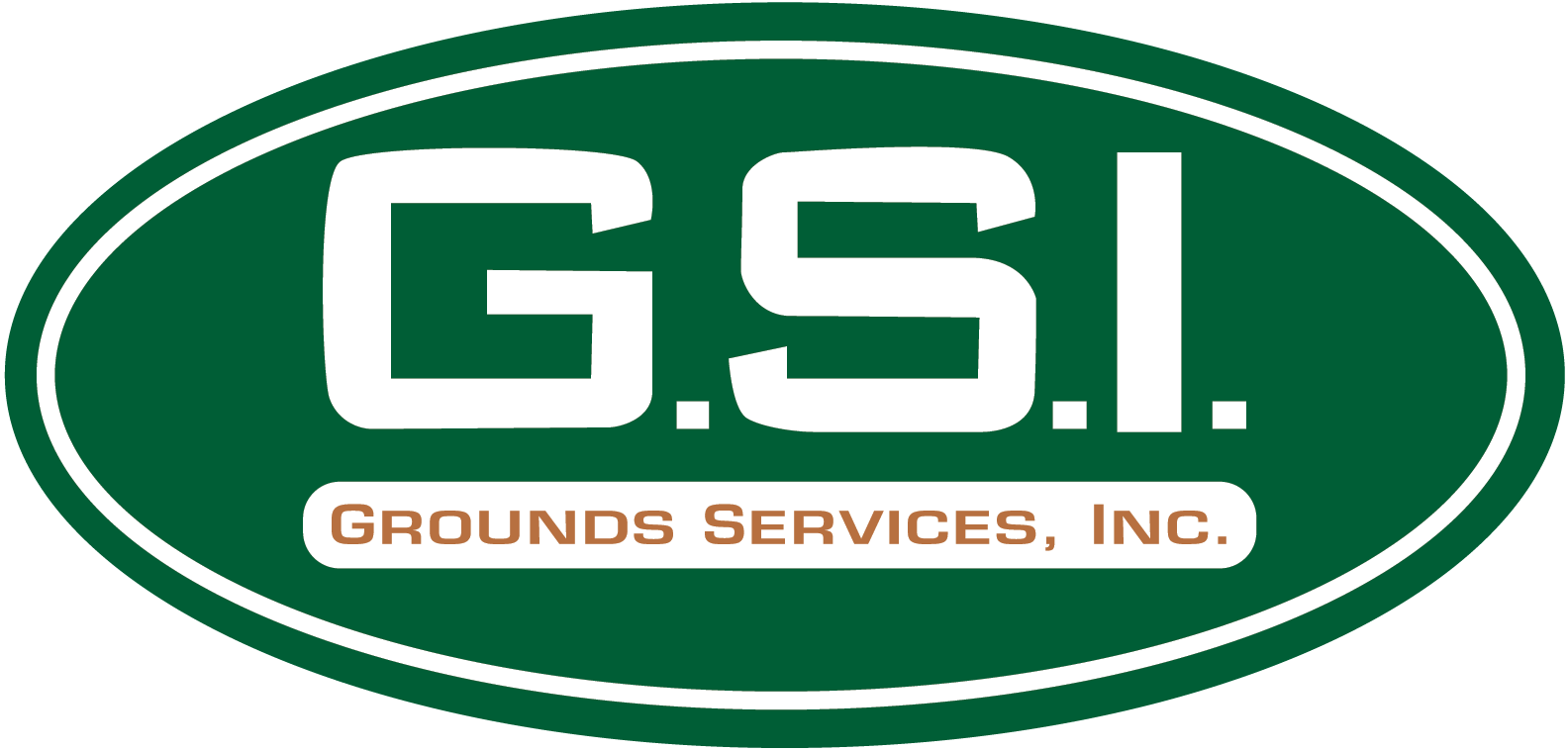Keep your trees and landscape healthy all season long!
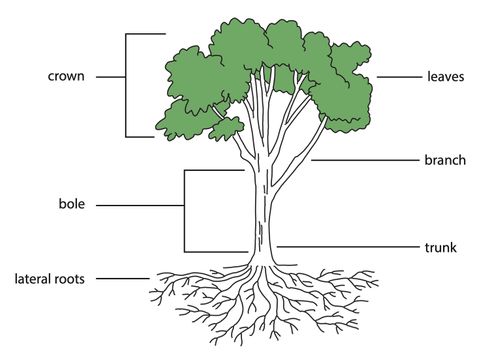
Call us today to schedule a technician: 567-952-0057!
Our trained service technician can evaluate your trees health and create a custom program based on your needs. Disease and fungus activity is usually managed in spring while insect activity tends to be the most problematic issue during the summer months. We can also handle your general tree and shrub health needs, such as deep root feeding and nutrient boosters for the root structure.
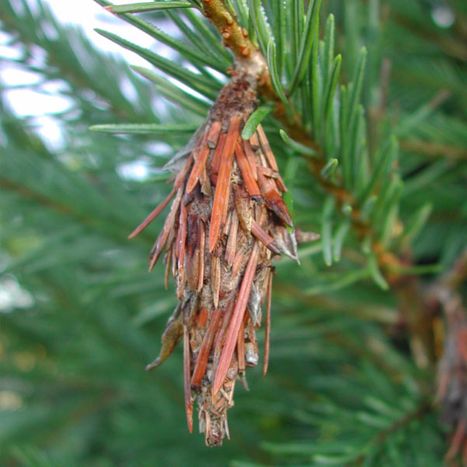
Tree/Shrub Insect Control starting at $35.00!
Image By: Pennsylvania Department of Conservation and Natural Resources - Forestry , Bugwood.org
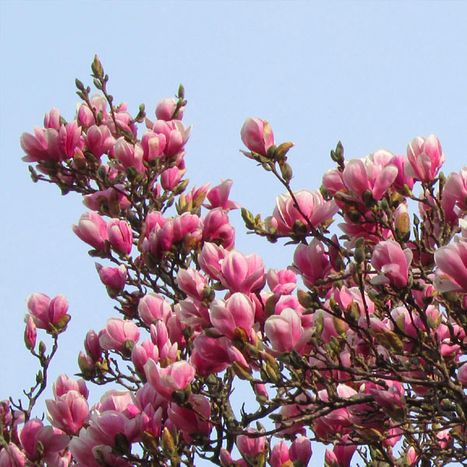
Tree/Shrub Deep Root Feeding Services starting at $30.00!
Image By: RAByer, soft-graphix.com
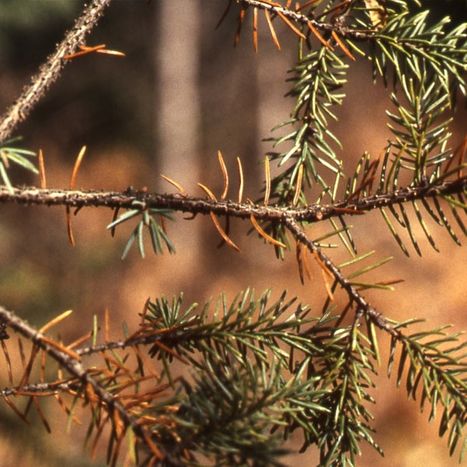
Tree/Shrub Fungicide and Disease Control starting at $37.00!
Image By: Joseph O'Brien, USDA Forest Service, Bugwood.org
Tree/Shrub Deep Root Feeding
A healthy tree starts at the roots!
One of the common problems we encounter on properties is trees and landscape plants being planted in the wrong location for it's type. They can be planted in places and conditions that lend to them being stressed. Improperly drained soil or light conditions are tough problems to fix, but a lack of available nutrients is a common stressor that can be easily taken care of with a nutrient soil conditioning treatment. Treating your landscape soil and tree roots once or twice a year with our liquid fertilizer can be a cost-effective way of improving plants' overall health.
Nutrient Boosters
Additional nutrients delivered to the root zone!
While deep root feeding can offer key nutrients to the roots of your plants, sometimes additional nutrients are required for their health. One of the more common problems would be chlorosis, a deficiency in iron (a telltale sign of a plant suffering from chlorosis is pale/light colored leaves with dark veins).
Environmental Stresses
Signs and Symptoms
- Drought
- Plants suffering from drought stress may show signs immediately or hold back visual signs for a year or two. Short-term drought is lack of adequate moisture for one growing season while long-term drought is inadequate moisture for multiple seasons. Most trees are able to recover from a short-term drought though may die if conditions persist for years.
- Girdling Roots
- Roots can grow around the main trunk or root structure of the tree sometimes, resulting in an inability of the plant to take up water and nutrients. Some of the more susceptible trees to girdling of roots are: Lindens, magnolias, pines, and some maples.
- Over Watering
- Roots need water and air for survival. If excess moisture is present for a prolonged period of time, trees may suffer lack of oxygen and start to decline. Roots may try to form near the surface reaching for an oxygen source, causing the plant to weaken.
- Salt Damage
- Salt can damage plants in two ways: through the air (when salt particles become airborne) coming in contact with new buds or through the salt-saturated soil coming in contact with the root system.
- Winter Damage
- The freezing temperatures that occur in Ohio and Michigan during with winter months can place stress on our trees and shrubs, especially if we experience multiple freeze and thaw periods. Needles can brown out, bark can split (causing dieback of the inner tissue) and root damage can occur. Most damage will occur on the South or Southwest side of the tree where it receives most of it's sunlight.
Tree/Shrub Fungicide & Disease Control
A disease in a tree or shrub means a fungus.
There are many types of fungus diseases your trees can be susceptible to depending on their species and growing conditions. The common fungus diseases in our area are apple scab on crab apple trees and needlecast on various types of conifer. Properly identifying the issue your tree has is step one; step two is usually annual fungicide treatments in the spring and early summer to help protect the tree from further infection while it works to heal itself.
Tree/Shrub Insect Control
Protect your trees and shrubs
Bugs are a vital part of your landscaping ecosystem but there are many species of insects that can cause huge problems for your ornamental foliage. Regular insecticide treatments throughout the summer can be a great way to protect from, and correct insect infestations that could destroy your landscaping. Proper identification of the bug in question and correct application of the right insecticide both help deal with your insect problem. Everything from invasive Japanese Beetles, Gypsy Moths, and Emerald Ashe Borer to spider mites and scale insects are all possible hazards for your plants. Our tech can identify and create a pest control program to fit your needs.
Pesticide Information
Herbicides
Herbicides can either be contact (applied and targeting only the parts of the plant where the chemical is deposited) or systemic (applied to the leaf or root structure of the plant in which the chemical may be absorbed and transported throughout the plant). Some herbicides are non-selective meaning that the chemical will target any and all growth (grass, broad leaf weeds, shrubs, etc). Selective herbicides target specific plants such as broad leaf weed control which will not damage the turf grass while applied on a lawn. Herbicides may act as growth regulators, interfere with the plants natural chemical synthesis, or effect a seeds germination habit. As with all pesticides, please read and follow all label instructions.
Insecticides
Insecticides can either be systemic (absorbed through the plant and then ingested by the insect through feeding) or contact (applied directly to the insect or picked up by the insect moving through an area which has the insecticide on it). Insecticides may be selective (attacks only specific insects) or broad-spectrum (affects a wide range of insects).
Fungicides
Fungicides may be used as a preventative or corrective measure; they can work by either preventing or interfering with the germination process of the fungal spores or destroy the fungus outright. Contact fungicides will not be absorbed by the plant's tissue and will only remain active on the surface of the plant in the location applied. This is beneficial since it rarely leads to the fungi building a resistance against the fungicide since the residual does not last long. Penetration fungicides may also be an option. This sort of fungicide not only penetrates the leaf of the plant (in which it can then travel to other portions of the plant) but may also be used as a contact fungicide. Penetration fungicides can be used to protect new growth from potential fungus attacks (especially if susceptible, such as perennial rye grass).
